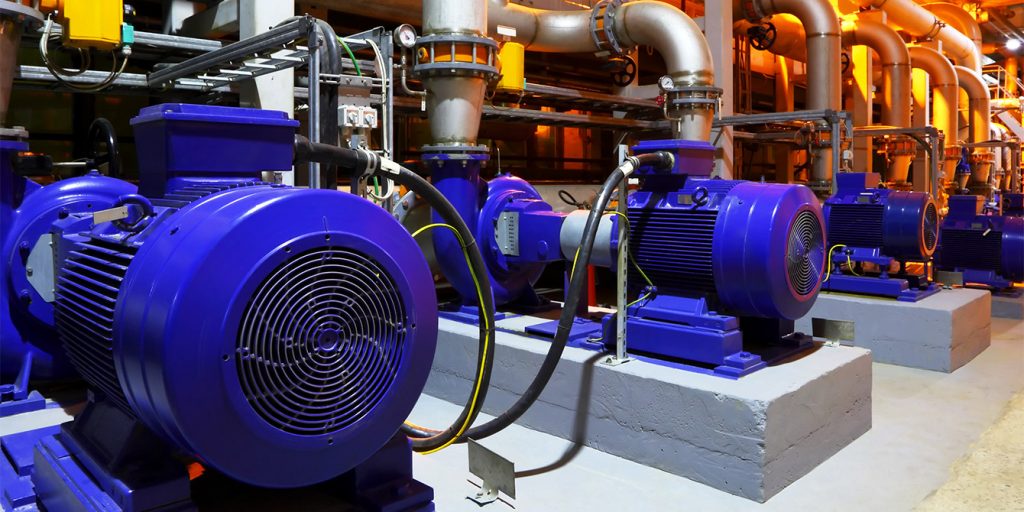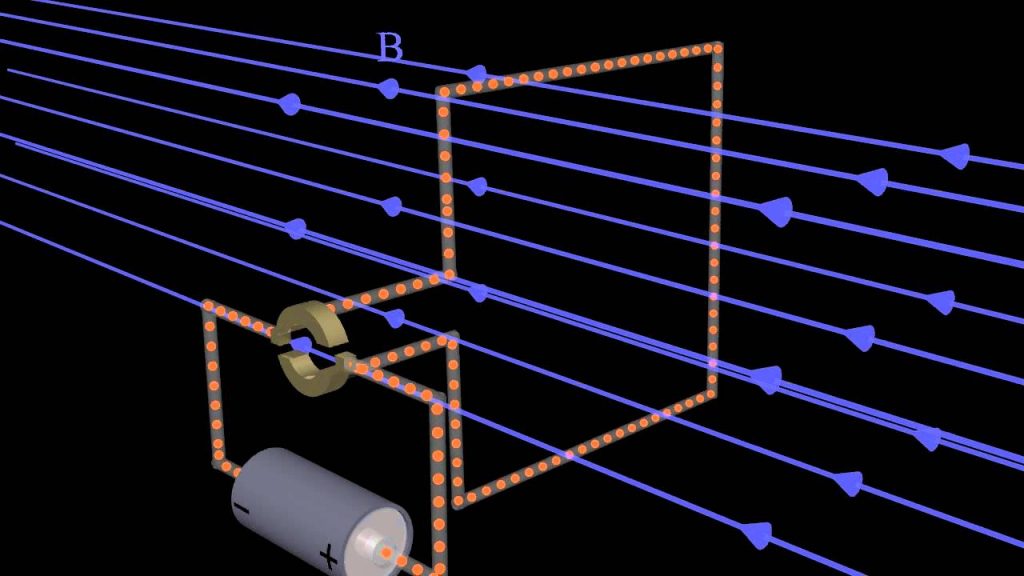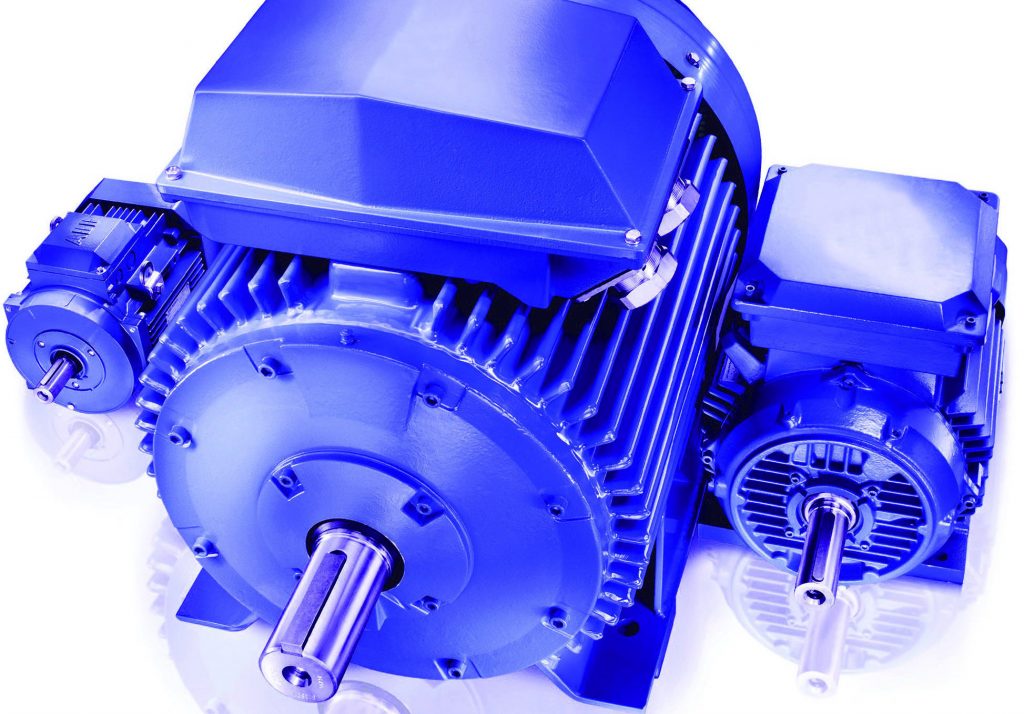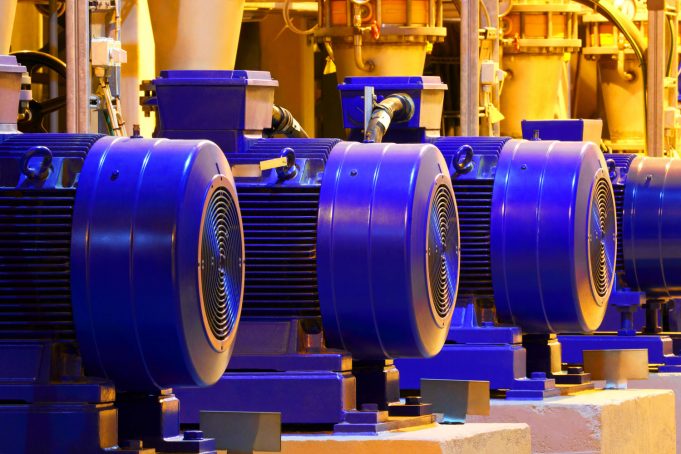Electric motors are a vital part of our society and are involved in pretty much everything. For electric motors to work all you need is to flick a switch and you will get instant power – can you imagine how easy it would have been for humanity in the past?
Electric motors are found in every part of our lives. They are vastly used for electric trains to remote airplanes. They are found in every piece of electronics such as pagers, Bluetooth speakers, tape recorders and even in your very own personal computer.
They can be found in bathroom items, kitchen items, fans, shavers, washing machines and in your dishwasher.
They solve so many problems with little to no effort, but how do they exactly work? If we are to truly find out how electric motors work, we have to take a closer look at electricity, magnetism, and of course, movement.

The Relation between Electricity, Magnetism, and Movement
According to an expert at gmw.com, it’s quite simple really, all you have to do is put an electric motor at one end and a spinning metal rod at the end which powers the machine and gives it drive. But in order to explain how it actually works, we need to add another element, magnetism.
We all know how magnets work. You take one, point it towards an ordinary wire, and the wire will start to draw itself to the magnet. That’s because of the magnetic field which attracts the elements of the wire, the metal. However, if you take that wire and connect its two ends to a battery, the wire will receive electric current. This is what creates the magnetic field around it. Now, that magnetic field will eighter attract or repel the magnetic field of the magnet, if placed one to another.

How, In Theory, Does an Electric Motor Works?
According to experts at AO MAGNET ELECTRONIC, the first time we saw the relation between electricity, magnetism, and movement, all together, was in the 1820s when a French scientists Andre-Marie Ampere discovered it. To understand theoretically how electric motors work, we will take an example that proves Fleming’s Left-Hand rule.
If we take a wire and bend it in a U-shape, so there can be two parallel wires, both wires will run through a magnetic field. Now, what will happen is one of the wire will take the electric current away from us, while the other brings the current back to us.
Since the current floats in different directions, the wires will also move in opposite directions, thanks to Fleming’s left-hand rule. As soon as we switch the electricity, one of the wires will move up, and one will move the opposite directions, down. If this continues to happen, the wires will continue to rotate continuously. And that is how you make an electric motor. However, this is just theoretical talk as if we are to do that; the wires will get all tangled up. Another thing that will happen is the wires could rotate far enough, and as soon as they reach a vertical point, they will flip over.

When they flip, the current will change its direction of flow, meaning it will flow in the opposite direction. This will force the wires to move in opposite directions, and we would have the same problem.
This was just a theoretical view of how electric motors work. In practice, electric motors need a lot more components in order to operate perfectly. Stuff like Alternating Current (AC), commutators, terminals, brushes, is all stuff that’s required in order to build a fully functioning electric motor.









